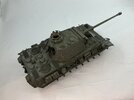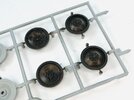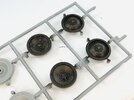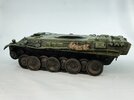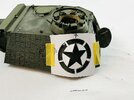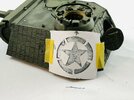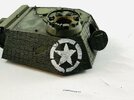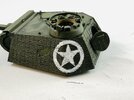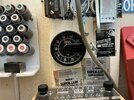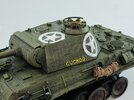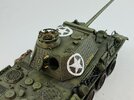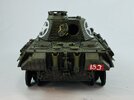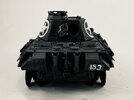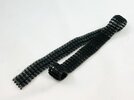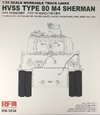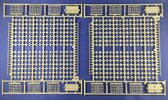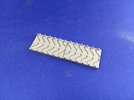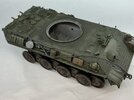Jakko
Well-Known Member
- Joined
- Oct 9, 2024
- Messages
- 894
I wouldn't say "nearly" just yet myself  The next step was to spray lighter patches onto as many surfaces as possible:
The next step was to spray lighter patches onto as many surfaces as possible:
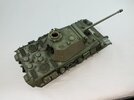
I used Mig IDF Green for this on the olive drab parts. On the wheels that were already lighter in colour, I did the same with Vallejo Armour Brown, but after looking at the result, then sprayed them entirely with that, as well as putting it in some areas on the lower hull, before adding lighter bits from the same colour mixed with Field Drab. This way, the wheels are still dark brown, but not as dark as before.

I used Mig IDF Green for this on the olive drab parts. On the wheels that were already lighter in colour, I did the same with Vallejo Armour Brown, but after looking at the result, then sprayed them entirely with that, as well as putting it in some areas on the lower hull, before adding lighter bits from the same colour mixed with Field Drab. This way, the wheels are still dark brown, but not as dark as before.

